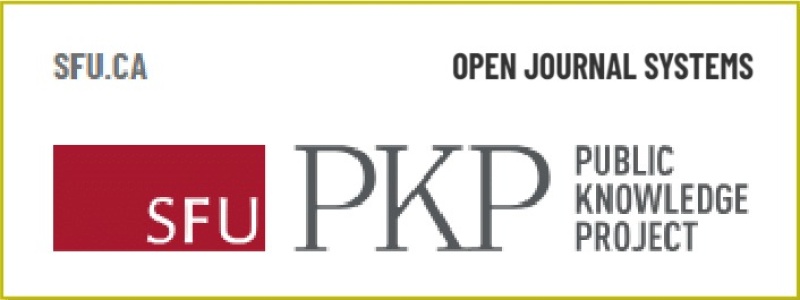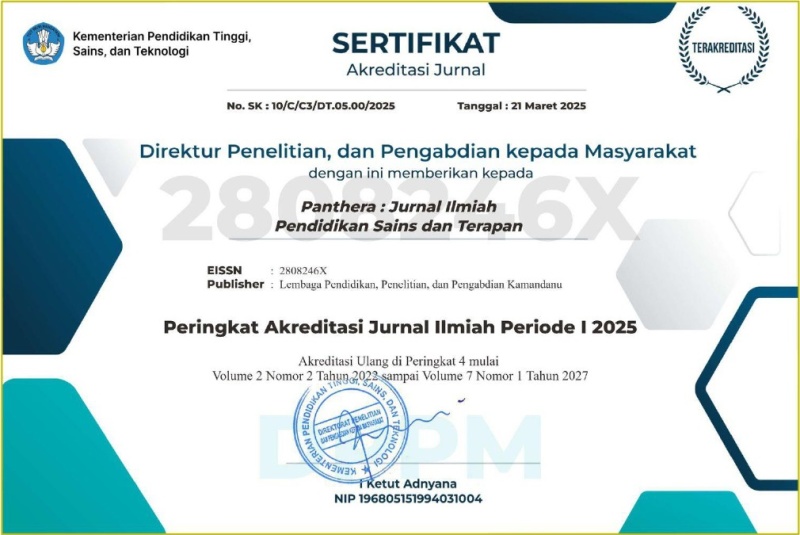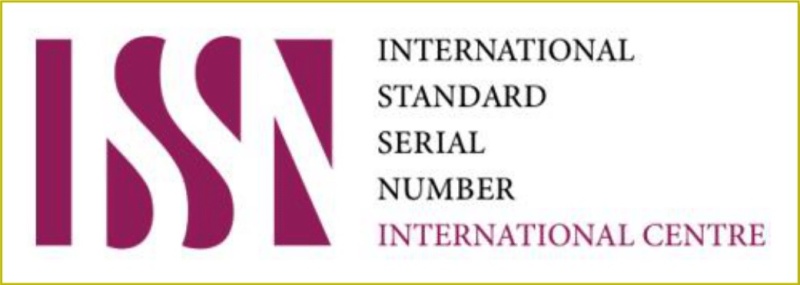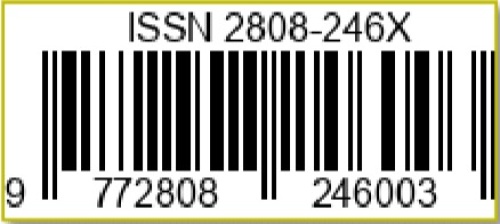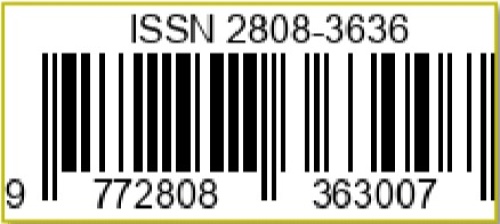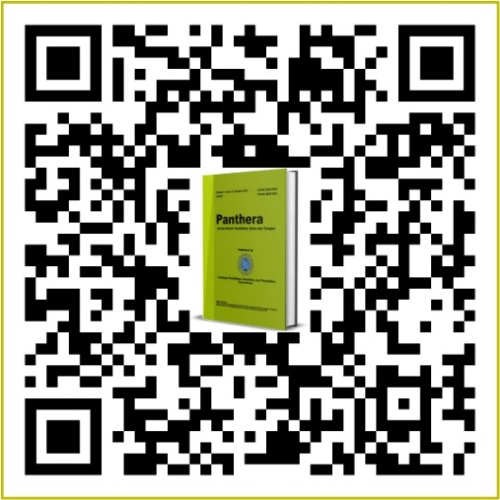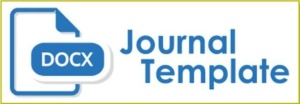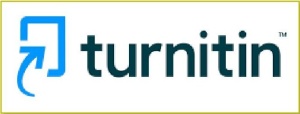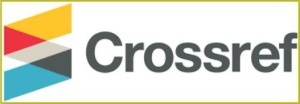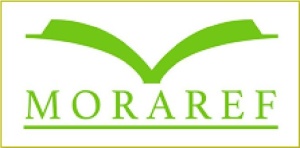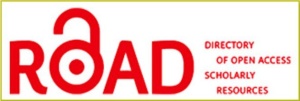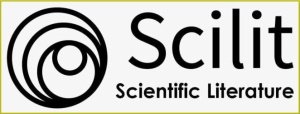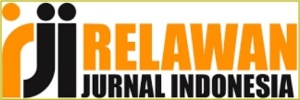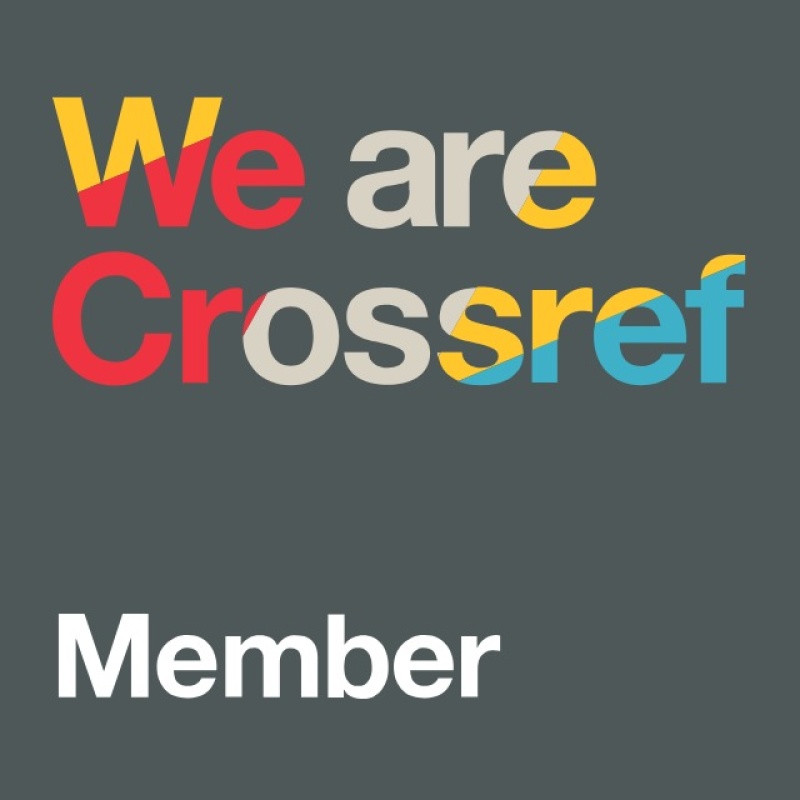Pengaruh Metode Drill terhadap Minat dan Prestasi Belajar Siswa pada Materi Segi Empat Kelas VII SMP
DOI:
https://doi.org/10.36312/pjipst.v3i1.150Keywords:
Drill Method, Student Learning Interest, Student Achievement.Abstract
The results of interviews that were conducted in class VII of Darunnadwah Islamic Middle School, Gerung District, West Lombok Regency found that the interest and achievement in learning mathematics of class VII students was still low. Because the teacher uses the question and answer method in learning, so that it becomes one of the factors for the low interest and achievement of student learning. So we need a method that can increase interest and student achievement. One way is to apply the Drill method. This study aims to identify students' interests and learning achievements in absorbing the material provided by the teacher, by looking at interest questionnaires and the results of student learning achievements learning using the Drill Method. This type of research is Quasi experiment with Pretest-Postest Group Design. The research population was class VII students of Darunnadwah Islamic Middle School, Gerung District, West Lombok Regency, consisting of four classes. The sample was determined by purposive sampling and class VII A was selected as the experimental class (learning using the drill method) and class VII B as the control class (learning using the conventional method). The instruments used were an interest questionnaire and pre-test and post-test in the form of a descriptive test. Data analysis used the statistical test program SPSS 16 for Windows, namely the Independent Sample T Test with a significance level of 5%. The statistical test results showed that there was a significant difference between students who were taught by the Drill Method and students who were taught by the Conventional (Lecture) method with sig = 0.000 and α = 0.05 (sig < α). So it can be concluded that the learning achievement of students who study using the Drill Method is better than the learning achievement of students who learn using conventional methods (lectures).
Downloads
References
Dewi, N. G. A. A. M. L., Tripalupi, L. E., & Artana, M. (2013). Pengaruh Pelaksanaan Pembelajaran dan Kebiasaan Belajar terhadap Hasil Belajar Ekonomi Kelas X SMA LAB Singaraja. Jurnal Pendidikan Ekonomi Undiksha, 3(1), 1-10. https://doi.org/10.23887/jjpe.v3i1.1276
Kamarullah. (2017). Pendidikan Matematika di Sekolah Kita. Al Khawarizmi: Jurnal Pendidikan dan Pembelajaran Matematika, 1(1), 21-32. http://dx.doi.org/10.22373/jppm.v1i1.1729
Krisdayanti, A. A. (2018). Implementasi Metode Tanya Jawab dalam Pembelajaran Matematika Siswa Kelas V SD Negeri Gemantar 2 Mondokan Sragen. Skripsi. Universitas Muhammadiyah Surakarta.
Latif, S. (2019). Peran Guru dalam Meningkatkan Kualitas Sekolah Unggulan (Studi Kasus SMA Negeri 11 Pangkep dan SMA Negeri 13 Pangkep). Thesis. Universitas Negeri Makassar.
Nur’ainun. (2017). Pengaruh Kebiasaan Belajar Siswa terhadap Hasil Belajar Akidah Akhlak Siswa Kelas VII MTs Yayasan Pendidikan Pesantren Rahmat Hamparan Perak. Skripsi. Universitas Islam Negeri Sumatera Utara.
Pratama, Y. A., Basuki, I., Munoto., & Rijanto, T. (2022). Meta Analisis Efektivitas Model Pembelajaran Kooperatif terhadap Kompetensi Siswa pada Mata Pelajaran Instalasi Penerangan Listrik. Jurnal Pendidikan Teknik Elektro, 11(2), 325-334. https://doi.org/10.26740/jpte.v11n02.p325-334
Sugiyono. (2013). Metode Penelitian Kuantitatif, Kualitatif dan R&D. Bandung: CV. Alfabeta.
Syahza, A. (2017). Ekonomi Sumberdaya Manusia dan Alam. Riau: UR Press.
Wahyuni, N. (2016). Penggunaan Metode Drill dalam Pembelajaran Matematika. In Prosiding Seminar Nasional (pp. 399-406). Sulawesi Selatan, Indonesia: Universitas Cokroaminoto Palopo.
Yusuf, M. (2018). Pengantar Ilmu Pendidikan. Palopo: Kampus Institut Agama Islam Negeri Palopo.

Downloads
Published
How to Cite
Issue
Section
License
Copyright (c) 2023 Sabrun

This work is licensed under a Creative Commons Attribution-ShareAlike 4.0 International License.
-
Attribution — You must give appropriate credit, provide a link to the license, and indicate if changes were made. You may do so in any reasonable manner, but not in any way that suggests the licensor endorses you or your use.
-
ShareAlike — If you remix, transform, or build upon the material, you must distribute your contributions under the same license as the original.

